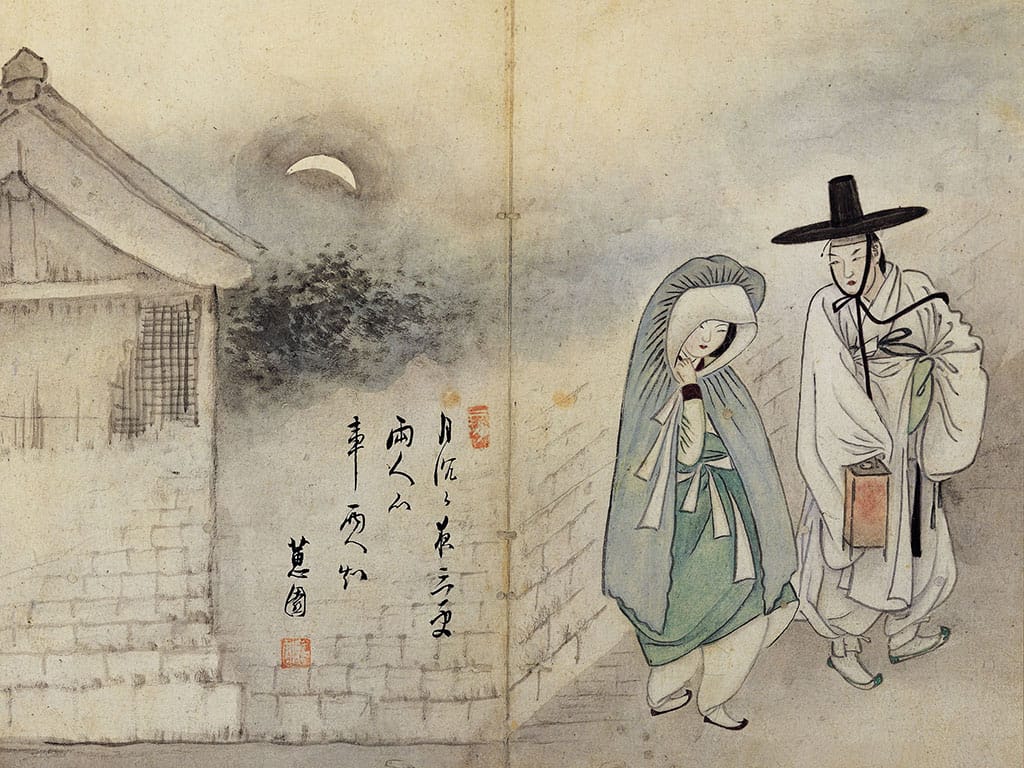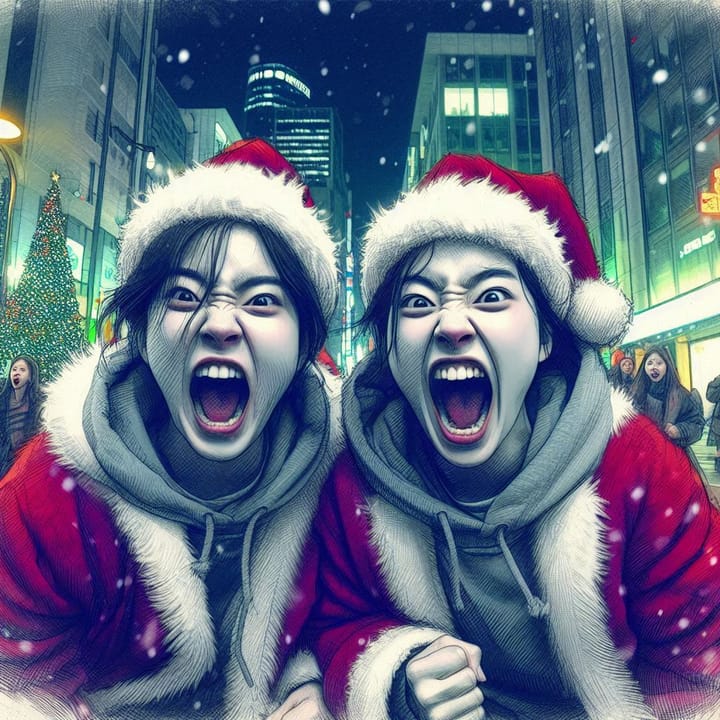Their clothing doesn't look traditional
Traditional Women's Hanbok


Foreign visitors to Korea cannot miss the beautiful palaces in Seoul. Since October 2013, the government has allowed people wearing hanbok (traditional Korean clothing) to enter these palaces for free. As a result, many foreigners take selfies in their hanbok attire. While the overall response from Koreans observing these foreigners is positive, there are concerns that the hanbok rental shops near the palaces offer attire that resembles cut-up fabric rather than authentic traditional hanbok. The materials used are often poor, and the designs feature garish colors and patterns. This raises worries that foreigners might misunderstand and distort the image of traditional hanbok.😥

Historically, women’s traditional hanbok has seen various transformations from the early, mid, and late Joseon Dynasty. Notably, the jeogori (the upper garment) gradually got narrower, and by the late Joseon period, very short jeogori, sometimes only about a hand’s length, emerged. Women would tighten their breasts with a type of bra called “gaseum-garigae” between their jeogori and skirt, aiming to make a slim fit. In the early 20th century, jeogori became slightly longer, and skirts were lifted with shoulder straps, creating a fuller A-line silhouette.

There are three main designs for the jeogori. The top one is a solid-colored jeogori, the middle features decorations in different colors at the sleeve cuffs, collar, and ribbons, and the bottom includes additional decorations under the armpits. This design was worn by women from socially high-status families. In contrast, commoners typically made their jeogori from white fabric, not silk.

The undergarments (Sokgot) women wore in the Joseon era were quite complex, making it difficult to describe in words, so I’ve borrowed the illustrations above for clarity. They wore multiple layers of undergarments and skirts, often adding under-skirts for extra fullness. The introduction of elastic waistbands in the 20th century simplified women’s clothing, moving away from the earlier method of tying with strings. Since toilets weren’t flushable back then, wearing several layers while using the restroom must have been quite a challenge!😩




The hanbok of Joseon women by looking at the genre paintings from the late 18th century
After the Korean War, Western fashion rapidly permeated Korean society, leading to a swift decline in the wearing of hanbok. What used to be worn during holidays or weddings has become increasingly scarce. At a recent wedding of my niece, I noticed that traditional processes in the ceremony were being omitted, making it seem like the younger generation of Koreans may never have the opportunity to wear hanbok throughout their lives. Ironically, it feels as though foreigners are now wearing hanbok on behalf of Koreans.😅(👉 click here to see the video clip) Many Koreans still consider hanbok uncomfortable for daily wear. Several Korean designers have recently been reinterpreting hanbok into everyday attire for more comfortable wear. However, these are more like fusion hanbok and differ from traditional hanbok. It is possible that traditional hanbok may eventually disappear.😥
I recommend visiting Dongdaemun Market in Korea for those interested in experiencing hanbok and considering a purchase. (👉 click here for the market) You can explore various fabric types and have your measurements taken. However, I am sorry to say that tailor-made hanbok prices are still quite high!😢✔️




Comments ()